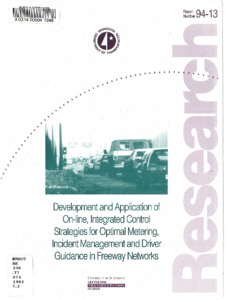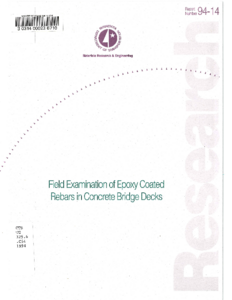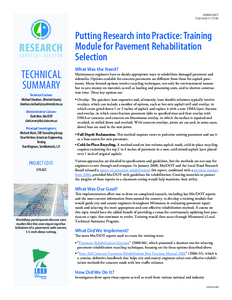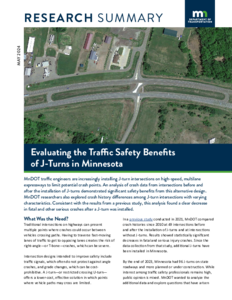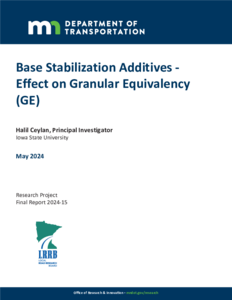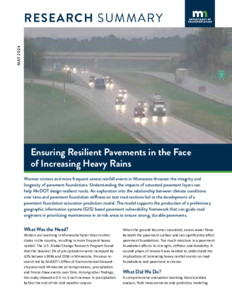The Minnesota Department of Transportation (MnDOT) Office of Livability established the Livability Framework to guide transportation policies, programs, and/or projects toward improved, people-focused outcomes. The Livability Framework proposes seven (7) Livability Pillars to be considered as part of the planning and implementation of these activities. These Livability Pillars include Health and Environment, Economic Vitality, Sense of Place, Safety, Connectivity, Equity, and Trust. To support this effort, a Livability Measurement Tool (or tools) will be developed to help planning agencies measure, represent, interpret, evaluate, and track livability considerations, and, thereafter, determine appropriate action to address identified needs. An initial step for this work is a summary identification of current best practices for measuring livability. This report provides a literature analysis of research conducted on measuring livability and identifies points of consensus, debates, and gaps in the research on the measurement of livability as the MnDOT Office of Livability defines the concept. Within the body of research analyzed, there was consensus regarding the effect of the built environment on human health and subjective well-being, and measurements for its assessment. However, there are notable gaps in existing literature for measuring feelings of belonging, the inequitable burden of transportation systems on vulnerable populations, and distrust in government by residents, among other issues.

